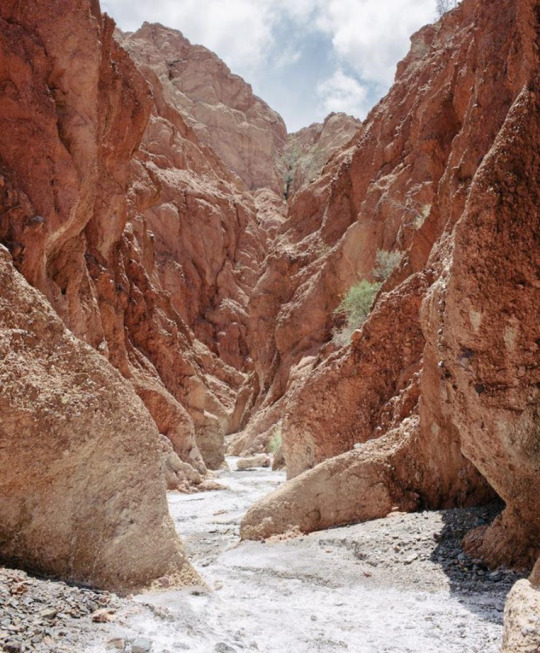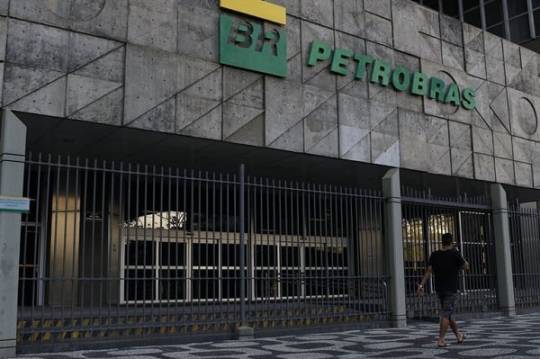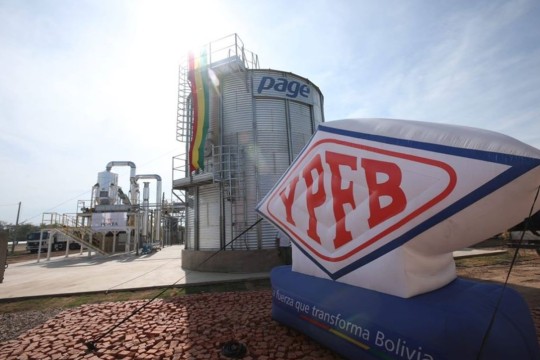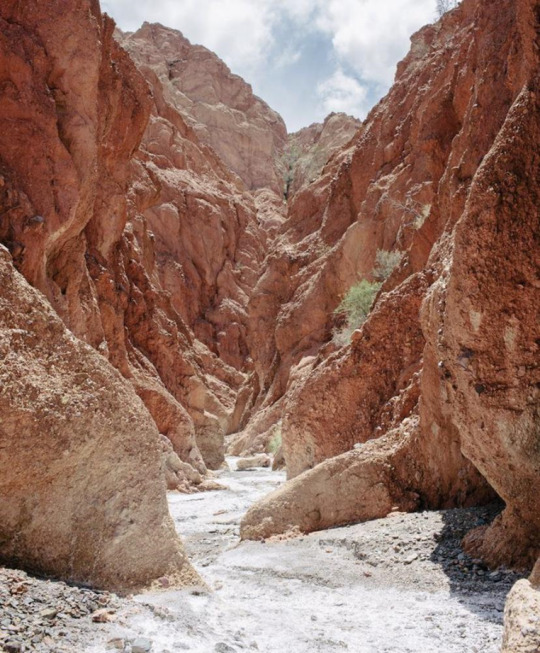#Yacimientos Petrolíferos Fiscales
Explore tagged Tumblr posts
Text
Mal mantenimiento de tanques y una red de corrupción
Desde el sindicato de Yacimientos Logística Santa Cruz, Efraín Ortega explicó el supuesto robo de 91.000 litros de gasolina desmentido por el mismo. El responsable del sindicato considera que esta merma se debe al mal estado del tanque 2914, que no contó con el mantenimiento necesario. Asimismo, el director de YPFB Logística, Armin Dorgathen, denunció la existencia de una red de corrupción…
View On WordPress
#Armin Dorgathen#Autoridad Nacional de Hidrocarburos (ANH)#Corrupción.#Efraín Ortega#Félix Cruz#mantenimiento de tanques#Merma de combustible#Yacimientos Logística Santa Cruz#Yacimientos Petrolíferos Fiscales Bolivianos (YPFB)
0 notes
Text
Impactos en el departamento de Tarija por la caída en la exportación de gas
Según datos recopilados por el Colegio de Economistas de Tarija, Bolivia, el periodo de enero a mayo del 2023 muestra una caída de exportación de gas por un valor de 899.4 millones de dólares, un 23% menos en comparación al 2022. Esta pérdida de ingresos se sentirá en la gobernación, el municipio y la universidad, si no hay un plan “B” que logre suplir las pérdidas económicas. Un Pacto Fiscal y…

View On WordPress
#Argentina#Bolivia#Colegio Departamental de Economistas de Tarija#Exportación de Gas#Impuesto Directo a los Hidrocarburos#Ley de Hidrocarburos#Pacto Fiscal#Universidad Autónoma Juan Misael Saracho#Yacimientos Petrolíferos Fiscales Bolivianos
0 notes
Link
Yacimientos Petrolíferos Fiscales Bolivianos (YPFB) confirmó que en la planta Senkata, en la ciudad de El Alto, 14 cisternas salieron de p...
0 notes
Text
Les réserves minérales de la Bolivie sont les ressources les plus précieuses

Le pays est un important producteur d'étain; en outre, il possède des réserves de zinc, d'antimoine, de tungstène, d'argent, de plomb et de cuivre, ainsi qu'une petite quantité d'or. Bien que l'étain domine la production de métal, la Bolivie est un fournisseur très précieux par rapport à l'Asie du Sud-Est et est donc particulièrement vulnérable à la demande mondiale d'étain. La société minière publique Comibol a annoncé de lourdes pertes et une baisse de la production dans les années 1980, lorsque les deux tiers des stocks mondiaux d'étain ont fermé leurs mines et licencié un grand nombre de travailleurs.
Le début du développement des ressources pétrolières de la Bolivie remonte à 1920, lorsque la Standard Oil Company du New Jersey a acquis une concession pour l'exploration et l'exploitation de la zone au pied des Andes dans le sud-est de la Bolivie. Un certain nombre de petits gisements de pétrole ont été découverts ici, mais cette société a été nationalisée en 1937 et YPFB (Yacimientos Petrolíferos Fiscales Bolivianos) a été créée sur sa base.
Au milieu des années 1950, les entreprises américaines ont repris le développement pétrolier en Bolivie et, en 1956, la Bolivian Petroleum Company, une division de la société américaine, a entamé une décennie de développement réussi du pétrole et du gaz naturel dans la région de Santa Cruz.
#voyage#lesvues#pays#apprendlemonde#temps#bonjourvoyage#repos#joie#plaisir#environnementinconnu#faitsintéressants#finaguide
0 notes
Text
Por culpa de Kicillof, el Gobierno de Milei va a tener que pagar una deuda de US$ 16.000 millones que vence el 10 de enero
Se trata de una carga equivalente a la mitad del préstamo con el Fondo Monetario Internacional, la cual deberá afrontarse en los próximos 20 días. De no cancelar las obligaciones en tiempo y forma, el país podría sufrir embargos. Posiblemente una de las peores herencias del kirchnerismo sea la fatídica expropiación de la empresa Yacimientos Petrolíferos Fiscales (YPF) en 2012, una maniobra ilegal…

View On WordPress
0 notes
Text
Petrobras assina aditivo de compra de gás de estatal da Bolívia
A Petrobras informou que celebrou novo aditivo ao contrato de compra de gás natural com a Yacimientos Petrolíferos Fiscales Bolivianos (YPFB), estatal boliviana que atua na área de exploração, produção de venda de petróleo e derivados. Segundo a companhia brasileira, o contrato foi assinado após o cumprimento de trâmites internos de governança. O aditivo altera o perfil de entregas do volume…

View On WordPress
0 notes
Text
A Petrobras informou que celebrou novo aditivo ao contrato de compra de gás natural com a Yacimientos Petrolíferos Fiscales Bolivianos (YPFB), estatal boliviana que atua na área de exploração, produção de venda de petróleo e derivados. Segundo a companhia brasileira, o contrato foi assinado após o cumprimento de trâmites internos de governança. O aditivo altera o perfil de entregas do volume total de gás contratado pela Petrobras, em função da disponibilidade de gás para exportação pela YPFB. Volume máximo O contrato prevê a manutenção do volume máximo de 20 milhões de m³ por dia, com maior flexibilização dos compromissos firmes de entrega e recebimento de acordo com a sazonalidade e a disponibilidade da oferta. Segundo a Petrobras informou na noite dessa sexta-feira (15), os termos garantem “o fornecimento em equilíbrio contratual para as empresas e a possibilidade de venda adicional de gás pela YPFB para outros importadores brasileiros. Além disso, [há] maior segurança e previsibilidade de suprimento de gás ao mercado atendido pela Petrobras”. Com informações da Agência Brasil
0 notes
Text
Petrobras assina aditivo de compra de gás de estatal da Bolívia
A Petrobras informou que celebrou novo aditivo ao contrato de compra de gás natural com a Yacimientos Petrolíferos Fiscales Bolivianos (YPFB), estatal boliviana que atua na área de exploração, produção de venda de petróleo e derivados. Segundo a companhia brasileira, o contrato foi assinado após o cumprimento de trâmites internos de governança. O aditivo altera o perfil de entregas do volume…

View On WordPress
0 notes
Text
Advierte Milei que privatizará petrolera y medios públicos
Buenos Aires. Los primeros anuncios del presidente electo Javier Milei, de la ultraderechista La Libertad Avanza (LLA), partido aún no estructurado como tal, consisten en la privatización de la empresa estatal Yacimientos Petrolíferos Fiscales (YPF) y de los medios públicos, entre otras privatizaciones en masa, no sin antes advertir que reducir la inflación llevará entre 18 y 24 meses, y que las…
View On WordPress
0 notes
Text
Venda de gás ao Brasil rende US$ 384 milhões à estatal boliviana YPFB no 1° trimestre
A petroleira estatal da Bolívia Yacimientos Petrolíferos Fiscales Bolivianos (YPFB) faturou US$ 384 milhões pela venda de gás natural ao Brasil no primeiro trimestre deste ano, dos US$ 611 milhões vendidos no total, incluindo Argentina e o mercado interno. Os principais clientes da YPFB no Brasil são a Petrobras e a Companhia Matogrossense de Gás (MT Gás). Segundo dados divulgados pela Petrobras,…

View On WordPress
0 notes
Link
0 notes
Text
Bermejo Enfrenta Crisis Eléctrica: Medidas Urgentes para Restablecer Suministro Tras Cuatro Días de Apagones
El municipio de Bermejo enfrenta una crisis de suministro eléctrico que se ha prolongado durante cuatro días, tras el colapso del sistema el pasado viernes. Edwin Flores, gerente de Servicios Eléctricos de Setar, anunció que se están tomando medidas urgentes para restablecer el servicio. En colaboración con la Gobernación y Yacimientos Petrolíferos Fiscales Bolivianos (YPFB), se está gestionando…
0 notes
Text
Escasez de Gas en Santa Cruz tras la Fuga de un Gasoducto
Una fuga de gas provocada en los trabajos de excavación de un municipio de la zona de Santa Cruz obligó a Yacimientos Petrolíferos Fiscales Bolivianos (YPFB) a cerrar las válvulas del gasoducto y causó una escasez de este combustible en gran parte de la capital cruceña. Los pocos surtidores que cuentan con este combustible, registran largas colas de vehículos, lo que ha provocado molestia en los…

View On WordPress
0 notes
Link
Bolivia registra un agotamiento en sus campos de gas Al finalizar el año 2024, Yacimientos Petrolíferos Fiscales Bolivianos (YPFB) informó...
0 notes
Text
Les réserves minérales de la Bolivie sont les ressources les plus précieuses

Le pays est un important producteur d'étain; en outre, il possède des réserves de zinc, d'antimoine, de tungstène, d'argent, de plomb et de cuivre, ainsi qu'une petite quantité d'or. Bien que l'étain domine la production de métal, la Bolivie est un fournisseur très précieux par rapport à l'Asie du Sud-Est et est donc particulièrement vulnérable à la demande mondiale d'étain. La société minière publique Comibol a annoncé de lourdes pertes et une baisse de la production dans les années 1980, lorsque les deux tiers des stocks mondiaux d'étain ont fermé leurs mines et licencié un grand nombre de travailleurs.
Le début du développement des ressources pétrolières de la Bolivie remonte à 1920, lorsque la Standard Oil Company du New Jersey a acquis une concession pour l'exploration et l'exploitation de la zone au pied des Andes dans le sud-est de la Bolivie. Un certain nombre de petits gisements de pétrole ont été découverts ici, mais cette société a été nationalisée en 1937 et YPFB (Yacimientos Petrolíferos Fiscales Bolivianos) a été créée sur sa base.
Au milieu des années 1950, les entreprises américaines ont repris le développement pétrolier en Bolivie et, en 1956, la Bolivian Petroleum Company, une division de la société américaine, a entamé une décennie de développement réussi du pétrole et du gaz naturel dans la région de Santa Cruz.
#voyage#lesvues#pays#apprendlemonde#temps#bonjourvoyage#repos#joie#plaisir#environnementinconnu#faitsintéressants#finaguide
0 notes
Text
Petroleira boliviana YPFB pretende alcançar 4,7 milhões de metros cúbicos em vendas de gasolina e óleo diesel em 2023
A petroleira boliviana Yacimientos Petrolíferos Fiscales Bolivianos (YPFB) anunciou recentemente o seu plano de metas para o ano de 2023. Ela pretende chegar à marca de 4,7 milhões de metros cúbicos em vendas de gasolina e óleo diesel até o fim do ano. Para isso, ela se aproveitará do crescimento dos setores produtivo e de serviços durante os próximos meses. Trata-se de uma empresa privada que, desde a sua criação em dezembro de 1936, se dedica à exploração, destilação e venda de petróleo e seus derivados.
Setores produtivo e de serviços serão os principais agentes no plano de vendas de 4,7 milhões de metros cúbicos de gasolina e óleo diesel da YPFB em 2023
A petroleira boliviana YPFB está com grandes projeções de crescimento no mercado de distribuição de combustíveis ao longo do ano de 2023. Apoiada no crescimento industrial, ela está visando alcançar a meta de vendas de 4,7 milhões de metros cúbicos de gasolina e óleo diesel no país.
Os números foram divulgados em comunicado pelo presidente da petroleira estatal, Armin Dorgathen Tapia, durante esta semana. Ele afirma que a empresa irá se apoiar nos setores da agricultura, indústria, comércio e transporte ao longo do ano, em razão do seu aquecimento, para chegar aos resultados de vendas de gasolina e óleo diesel.
“A Yacimientos assumiu as previsões correspondentes para garantir combustíveis para os setores produtivos e de serviços em nível nacional. As atividades econômicas terão volumes suficientes para realizar suas atividades com absoluta normalidade durante esta administração, com base no mandato que recebemos de nosso Presidente do Estado Plurinacional da Bolívia”, disse o presidente.
Dentre os 4,7 milhões de metros cúbicos de vendas que a petroleira deseja alcançar, 2,3 milhões de metros cúbicos serão de gasolina especial e um volume de mais de 2,4 milhões de metros cúbicos será de óleo diesel. As regiões de Santa Cruz, La Paz e Cochabamba serão as que mais consumirão os produtos ao longo do ano de 2023, como aponta as projeções da YPFB. Ela pretende impulsionar as vendas da gasolina e óleo diesel no país com os novos projetos de infraestrutura, indústria e serviços emergentes atualmente.
Petroleira alcançou número de vendas expressivo em 2022 e pretende impulsionar a comercialização em 2023
No ano de 2022, a YPFB alcançou a marca de vendas de 2.164.908 metros cúbicos de gasolina especial e 2.289.320 metros cúbicos de óleo diesel no país. Esses números foram bastante expressivos para a conjuntura socioeconômica ao longo do último ano, mas poderão ser fortemente expandidos nos próximos meses.
Mesmo com um aumento na venda de gasolina de 7,54% e de óleo diesel de 10,72% entre a gestão atual e passada, a petroleira estatal ainda busca tornar esses valores maiores com os novos projetos dos setores produtivo e de serviços no ano. Atualmente, o Plano de Contingência enfrentado pela YPFB possibilita garantir a logística do abastecimento normal de hidrocarbonetos líquidos no país.
“O governo nacional, por meio de seu braço operacional YPFB, preserva maior autonomia e reservas de combustível para casos de contingência, como a guerra que obrigou os países da região a aumentar o preço do combustível, devido ao aumento dos preços internacionais do petróleo”, afirmou Dorgathen Tapia.
Apesar dos cenários internacionais instáveis, como a guerra entre a Ucrânia e Rússia, esse ainda é o pilar de apoio da petroleira para a comercialização dos combustíveis em situações de crise. Dessa forma, ao longo de 2023, a petroleira YPFB pretende continuar se destacando nas vendas de gasolina e óleo diesel com o apoio estatal.
Portanto, podemos concluir que as metas da companhia para o ano de 2023 apontam para vendas de mais de 4,7 milhões de metros cúbicos de gasolina e óleo diesel. Além disso, a petroleira boliviana YPFB pretende aproveitar o aquecimento dos setores produtivo e de serviços para expandir número de venda no ano.
O post Petroleira boliviana YPFB pretende alcançar 4,7 milhões de metros cúbicos em vendas de gasolina e óleo diesel em 2023 apareceu primeiro em Petrosolgas.
0 notes